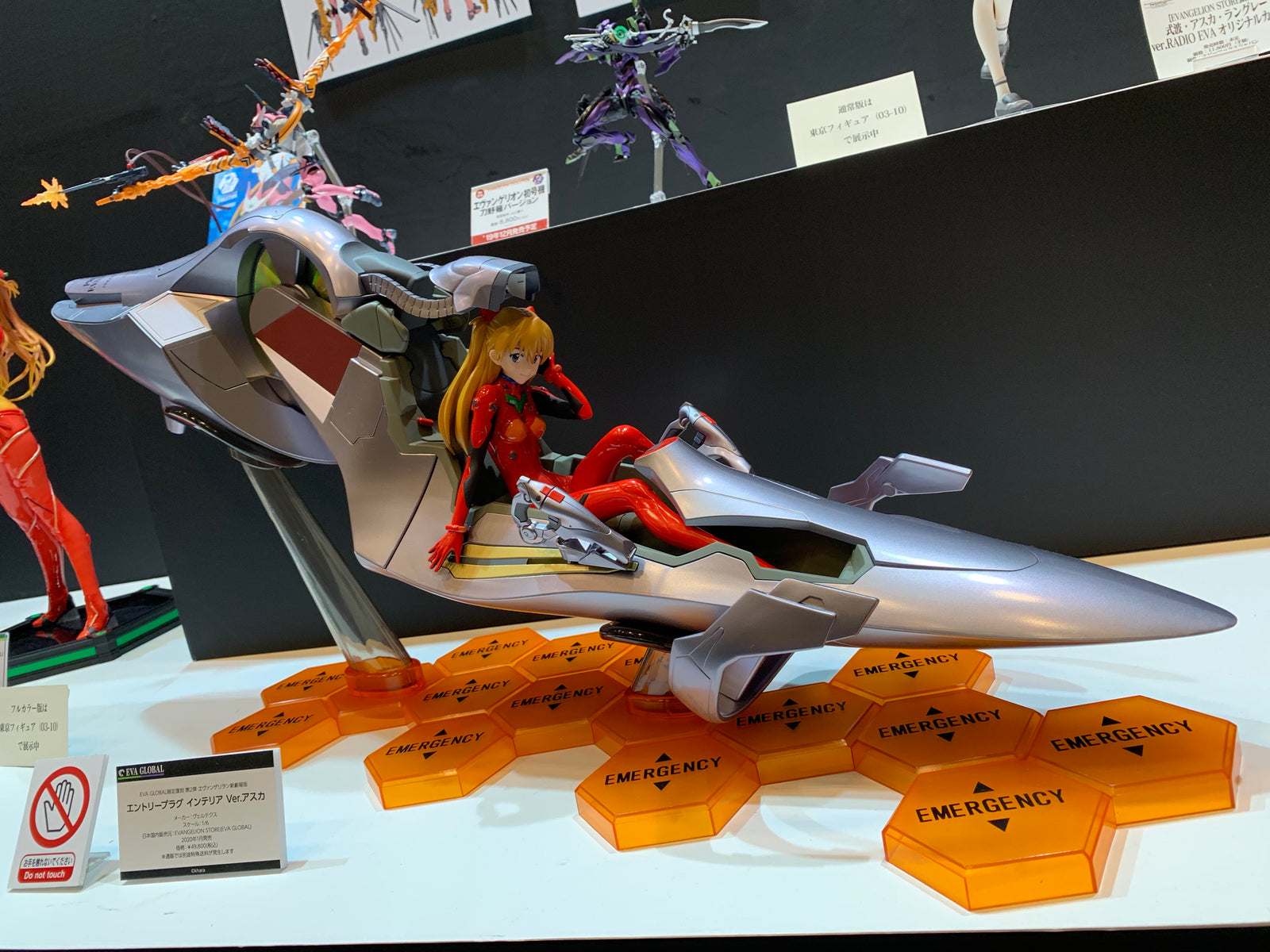Your Cart is Empty
Artists

A Quick Look at the Wonderful Models of Wonder Fest
August 27, 2019 3 min read 0 Comments
Tokyo in the summertime is hot, humid, and heavy. It’s even heavier when you’re lugging around a haul of model kits, toys, and tools from the legendary Tokyo Wonder Festival. For those of you who are uninitiated, Wonder Festival - or WonFes for short - is the bianual (Summer and Winter) gathering for all things garage kits, figures, and sculptures.

Held since the 1980s Wonder Festival began as a showcase for up-and-coming modelers to display and sell their wares, sort of a combination anime convention and arts and crafts fair. In recent years WonFes has since ballooned to become a major event for manufacturers such as Kaiyodo, Bandai, Good Smile to display their new products, but the Festival’s lifeblood are the independent modeler and craftspeople filling the halls.

One of the things that makes WonFes a must go to event for diehard collectors is its one day only licensed goods. Let's say a modeler wants to sell a garage kit of a copyrighted character, like Ultraman. They can request permission from the rights holder to sell a statue or kit for the one day of the Festival, making the goods sold at WonFes quasi-official. Due to the limited nature of these licenses though, it leads to goods being made in extremely limited quantities where they become highly sought after by collectors.

WonFes attracts enormous crowds (probably because it’s only open for one day from ten to 5), but unlike New York Comic Con or other major US conventions, it employs an unorthodox ticketing system. You purchase a catalog listing all the vendors, which is available from hobby and comic stores throughout Japan such as Animate or the Kaiyodo store. This magazine acts as your ticket and all you have to do is hold it up while you get in line for the show.

The show is held at the Makuhari Messe convention center in Chiba, near the ZOZO Marine baseball stadium. Be sure to get a snack at the train station’s food hall when you arrive, you’ll need to keep up your strength for the line to get in and navigating the festival all in seven hours. Due to the fairly short opening hours, lines form early in the morning and you’ll be cheek to cheek with con-goers, vendors, and cosplayers. Also, cash is king at Wonder Fest, so hit up the ATMs beforehand if you want to do some shopping.

Most news outlets only look at prototypes of upcoming figures and statues from the larger companies, but what you lose in all that is the real heart and passion of Wonder Fest. Row after row of tables containing meticulously crafted statues and resin kits. Hobbyists making tiny replica metal drums, perfect for a custom diorama. Cats in samurai armor. Miniature crabs that hold your business cards. Meticulously detailed recreations of Katsuya Terada’s art and Godzilla’s rubber suit. The craftsmanship of Wonder Fest’s vendors is as strong as their imaginations, and there is nothing like it in the United States.

While many of the techniques used by modelers displaying their wares at WonFes date back to the 80s, there is also room for new technology in the world of garage kits. DGK (Digital Garage Kit) from Kaiyodo embody the emergence of 3D printing technology in the world of garage kits and hobby modeling with kits featuring dinosaurs, school girls, giant monsters, and powered armor from the long running Maschinen Krieger line. Only a handful of modelers make use of 3D printing now, but as the technology spreads this could lead to the emergence of a new frontier in modeling. Even with the emergence of new technologies, the charm of Wonder Fest is how it embodies decades of craft, tradition, and imagination from Japan’s modeling scene.
Subscribe
Sign up to get the latest on sales, new releases and more …
x
